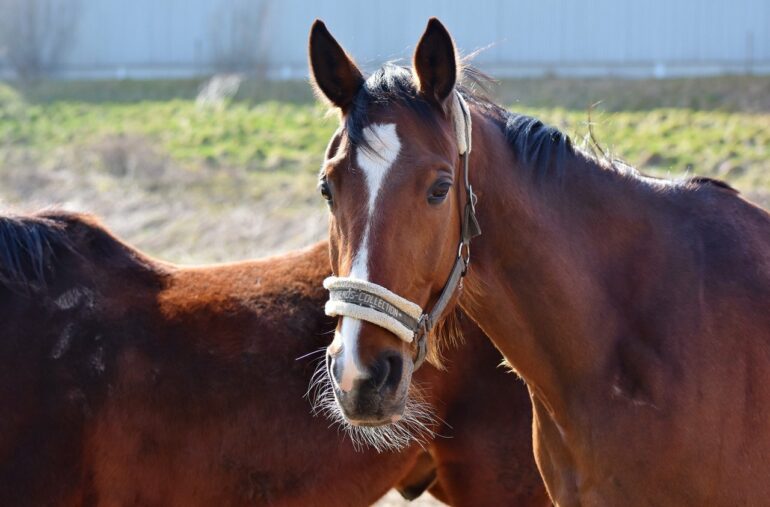Reporting in Scientific Reports, an international research team of researchers from Kyoto University and University of Strasbourg has used drones to investigate the “multilevel societal structure” of the feral horses in Serra D’Arga, Portugal.
In a multilevel society, individuals are structured in stable groups that build relationships with other groups to form a higher level of organization. For example, people live in a multilevel society where families form a local community that in turn combines with others to form a higher social organization like suburbs and cities.
The phenomenon has been studied in animals such as primates and whales. Studying multilevel societies in animals can give us insights into how these relationships function, but their mechanisms are still understudied due to a lack of quantitative data. “That is why we elected to study the social apparatus of feral horses,” explains research team leader Shinya Yamamoto.
The team set up an observation area of a well-documented group of horses in Serra D’Arga, Portugal. Their drone took aerial photos at 30-minute intervals, allowing them to precisely record the locations of each horse and the exact distances between the individuals.
The use of drones enabled them to identify 121 individuals within 23 specifically defined groups called units, and 5 solitary males. Two categories were used to describe the groups: “Harems”—mixed-sex with one or two adult males—and all male “bachelor groups.”
The team’s data analysis found three pieces of evidence: 1) small social organizations or “units” exist and they will merge to form higher-level “herds”; 2) bachelor groups stay in the periphery of a herd; and 3) large harems were more likely to occupy the center of the herd, explains first author Tamao Maeda.
It is often seen in social animals that dominant individuals occupy the center of a group. Therefore, the data suggests that larger harems indicate their higher status within group relationships.
“Additionally, keeping the bachelors away from the center may reduce the risk of their harassing individuals and potentially taking over harems,” adds Maeda.
The team is excited by the prospects of their new findings, encouraging them to investigate deeper into the functions and mechanisms of multilevel societies in horses, as well as to utilize their methods to study other social species.
More information:
Tamao Maeda et al, Aerial drone observations identified a multilevel society in feral horses, Scientific Reports (2021). DOI: 10.1038/s41598-020-79790-1
Citation:
Feral horses show evidence of societal structure (2021, December 27)



